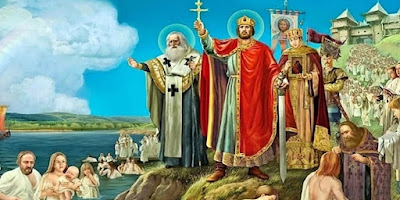The Jewish belief in a messiah gave rise to many claims over the centuries that he was imminent. In Avila, in central Spain, a Jew named Nissim ben Abraham actively preached that the messiah would appear in 1295 on the last day of the month of Tammuz (which can fall in late June or early July). Nissim was said to be a simple man who was inspired by an angel and wrote a mystic work, "The Wonder of Wisdom."
Many were convinced by Nissim, and they eagerly awaited the messiah. Like predictions of the Second Coming or of the End of the World, no messiah appeared. What they experienced, however, was a rain of crosses that stuck to their clothing (so they described to Abner). The disappointment and depression that followed among Nissim's adherents was profound.
Abner, a scholar of the Bible and the Talmud as well as a doctor, found himself being turned to by these disappointed people, treating them and trying to assuage their grief. Curiously, his discussions with these people about the lack of a messiah and their report of the appearance of the Christian symbol made him think "outside the box" about Judaism and its promises.
In a post-conversion work by Abner, Moreh tsedeḳ ("Teacher of righteousness"), he described how some 25 years after Avila he had a dream/revelation of a man who told him to become a "teacher of righteousness." About three years later he had the same dream, but this time noticed that the man had crosses on his clothes. This was his tipping point: he chose to embrace Christianity. He became a Neo-Platonic Christian and wrote treatises against Judaism. He believed that his version of Christianity was superior to others' and to Judaism. He preached that conversion to Christianity was the only way for Jews to get out of their perpetual Exile.
He was appointed sacristan of the collegiate church of Valladolid. This made some Jews accuse him of converting for material gain. What they did not understand, however, was that a sacristan was far from a lucrative position. He wrote extensive works (not all extant, or available in English) supporting conversion of Jews. He also debated rabbis. His arguments to King Alfonso XI of Castile that a Jewish prayer, the Birkat haMinim, blasphemed the Christian God and cursed Christians, led to the prayers being declared forbidden as off February 1336. The Birkat declares a curse on all heretics (so he had an ironic point, I guess).
We have his works, but no record of his death. 1347 was the last known record of him publishing. It is possible that he was a victim of the Black Death.
There were a few claims of a Jewish Messiah in the Middle Ages (and earlier and later). We'll look at some of them tomorrow.



















